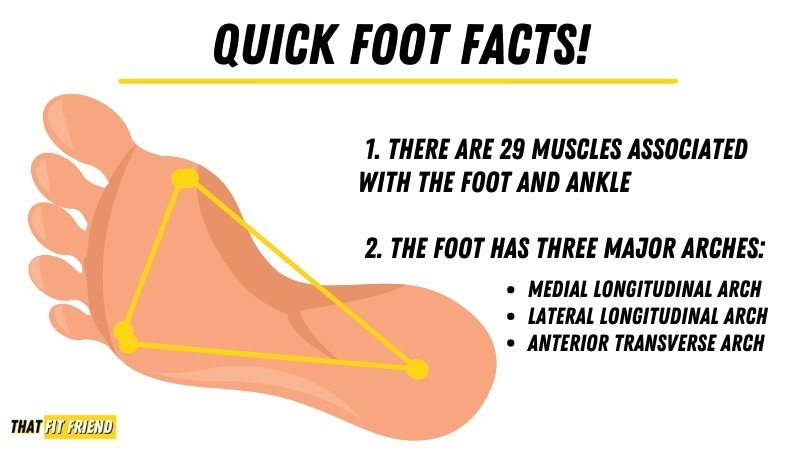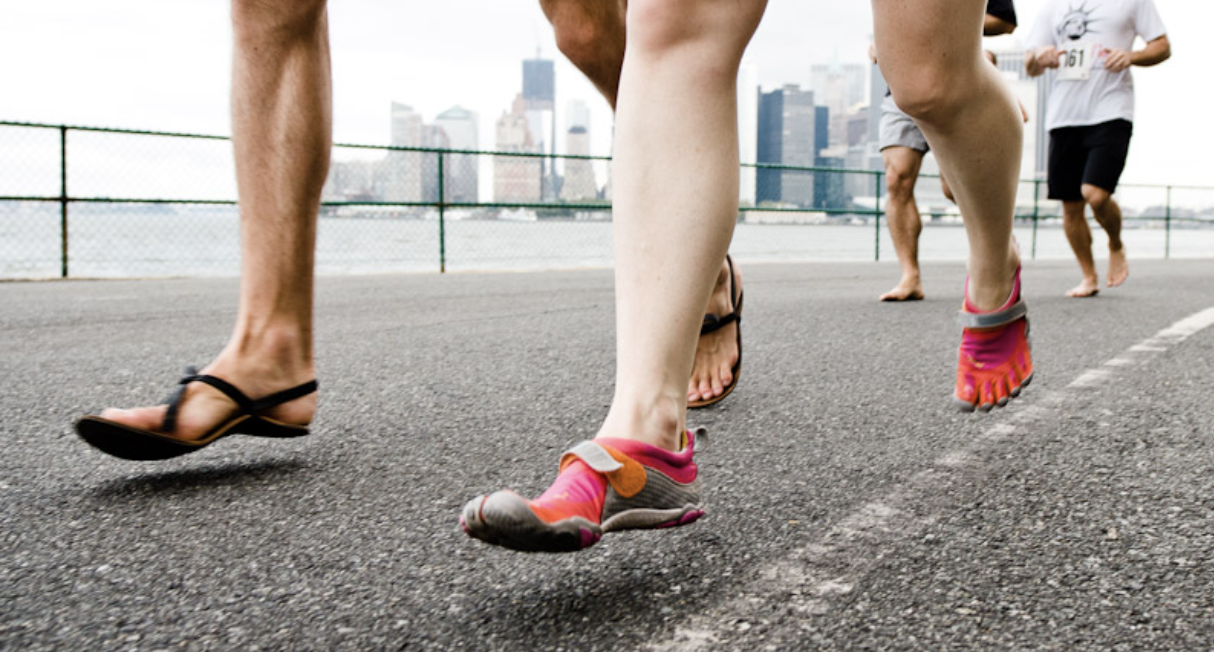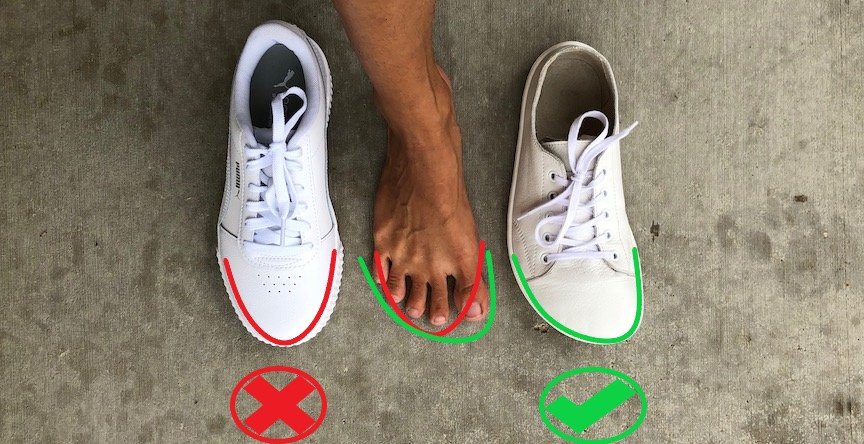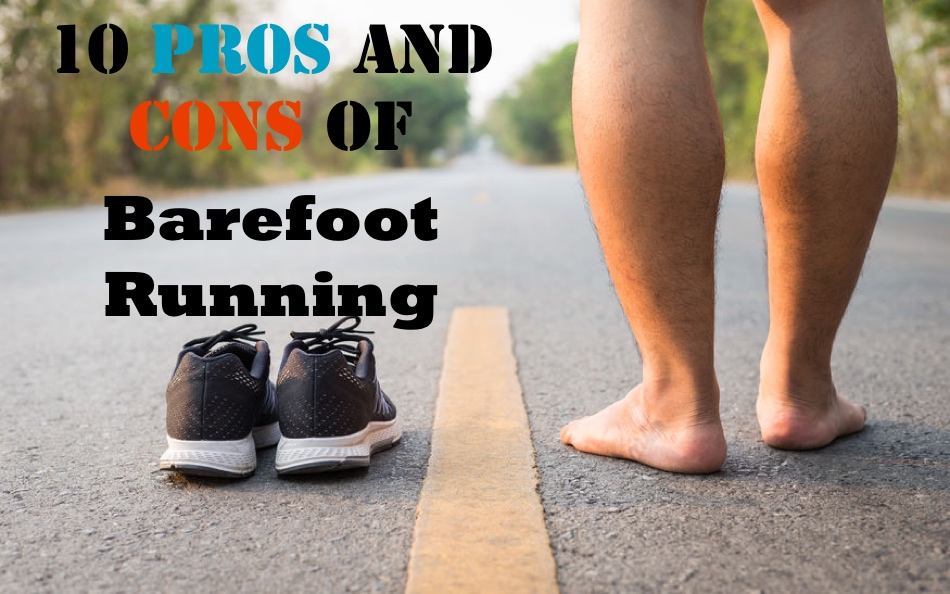Barefoot shoes have gained significant popularity in recent years, especially among health-conscious individuals and fitness enthusiasts. The idea of “barefoot walking” aligns with the principle of natural foot movement, which many believe can lead to improved foot health and enhanced athletic performance. However, like any footwear option, barefoot shoes come with both advantages and drawbacks. In this comprehensive article, we will dive deep into the pros and cons of barefoot shoes, supported by real-world experiences, case studies, and insights relevant to the U.S. shoe market.
What Are Barefoot Shoes?
Barefoot shoes are designed to provide minimal cushioning and support, allowing the wearer’s foot to move more naturally. They are characterized by a low heel-to-toe drop, a flexible sole, and a wide toe box that allows the toes to splay naturally. This design is intended to mimic the feeling of walking barefoot while still providing some level of protection from the ground.
History and Evolution of Barefoot Shoes
The concept of barefoot running can be traced back to ancient civilizations, where people walked and ran without shoes or wore minimal footwear made of natural materials. However, the modern barefoot shoe trend began gaining momentum in the early 2000s with brands like Vibram and Merrell launching minimalist footwear. As scientific research began to emerge, highlighting the benefits of barefoot running, a number of shoe manufacturers developed their own lines of barefoot shoes, targeting runners, hikers, and casual wearers.
Pros of Barefoot Shoes
1. Enhanced Natural Movement
One of the significant benefits of barefoot shoes is their design that encourages natural foot movement. According to a study published in the Journal of Foot and Ankle Research, wearing minimalist footwear can lead to an increase in foot strength as the muscles in the foot become more active during walking and running. Many users report improved flexibility and stability in their feet after switching to barefoot shoes.

2. Improved Proprioception
Proprioception refers to the body’s ability to perceive its position in space. Barefoot shoes often enhance this aspect of movement as they provide a direct connection with the ground, allowing for better feedback and awareness of terrain. Runners who have made the transition from traditional sneakers to barefoot shoes often report feeling more in tune with their surroundings, which can lead to better performance in varied environments.
3. Strengthening Foot Muscles
Regularly wearing barefoot shoes can help strengthen the intrinsic muscles of the foot, leading to better arch support and improved overall foot health. A case study involving athletes who transitioned to barefoot shoes over six months showed significant improvements in foot muscle strength and reduced injury rates compared to those who continued to wear conventional running shoes.

4. Lightweight and Breathable Design
Many barefoot shoes are designed to be lightweight and breathable, making them ideal for warm weather and prolonged wear. Unlike traditional shoes that can feel bulky and restrictive, barefoot shoes promote a feeling of freedom and comfort. This lightweight nature can contribute to a more enjoyable experience during activities like running, walking, or hiking.
5. Environmentally Friendly Options
With the rise of eco-conscious consumerism, several brands have begun to create barefoot shoes using sustainable materials and practices. Brands like VivoBarefoot and Softstar Shoes prioritize eco-friendly production methods, which appeals to environmentally-aware consumers looking to reduce their carbon footprint.

Cons of Barefoot Shoes
1. Adjustment Period Required
Transitioning to barefoot shoes often requires a significant adjustment period. Many users experience discomfort, soreness, and even injuries during the initial phase of switching from traditional footwear. To mitigate this risk, experts recommend gradually increasing the duration of wear, allowing the feet and body to adapt to the new footwear style.

2. Lack of Cushioning and Support
While some people thrive in minimalist footwear, others may find that the lack of cushioning leads to discomfort during long walks or runs. For individuals who are used to the plush support of traditional running shoes, this dramatic change can lead to fatigue and potential injury, particularly if they do not properly strengthen their feet before making the switch.
3. Unsuitable for Certain Activities
Barefoot shoes may not be suitable for all activities or environments. For example, trail running or hiking on rugged terrain may present challenges due to the thin soles and lack of protection. Many outdoor enthusiasts in the U.S. prefer shoes with added traction and stability for varied landscapes, making barefoot shoes less appealing for those specific interests.

4. Foot and Ankle Injuries
Some studies have suggested an increased risk of foot and ankle injuries when wearing barefoot shoes, particularly for individuals who do not ease into them properly. Conditions such as plantar fasciitis, Achilles tendonitis, and other overuse injuries can occur if users fail to build strength and adapt correctly to the minimalist footwear. Therefore, individuals should consult with a healthcare professional before making the switch, especially if they have pre-existing foot conditions.
5. Limited Style Options
While barefoot shoes have become more popular, the style options remain limited compared to conventional footwear. For fashion-forward consumers, this could be a significant downside. Many barefoot shoes prioritize functionality over aesthetics, which may not align with everyone’s personal style preferences.

Barefoot Shoe Brands: A Market Overview
As the barefoot movement has grown, several brands have emerged to cater to the needs of consumers looking for minimalist footwear. Below, we’ll explore some of the top brands making waves in the U.S. market.
1. Vibram FiveFingers
Vibram FiveFingers revolutionized the barefoot shoe landscape with its foot glove design. With individual toe pockets, these shoes offer a unique fit that allows for maximum movement and flexibility. Although they are not for everyone, many enthusiasts praise them for their comfort and ground feel.
| Model | Price | Comfort Rating |
|---|---|---|
| Vibram V-Run | $99.99 | 4.5/5 |
| Vibram FiveFingers KSO EVO | $89.99 | 4.0/5 |

2. Merrell
Merrell has a robust line of minimalist shoes designed for various outdoor activities. Their footwear blends comfort and performance, making it appealing for casual wearers and serious runners. The Merrell Vapor Glove line is a standout for its lightweight and breathable design.
| Model | Price | Comfort Rating |
|---|---|---|
| Merrell Vapor Glove 4 | $99.95 | 4.7/5 |
| Merrell Trail Glove 6 | $119.95 | 4.5/5 |
3. Xero Shoes
Xero Shoes focuses on providing a natural feel with their lightweight designs. Their sandals and shoes have a reputation for versatility, suitable for adventures ranging from beach days to hiking trails. Customers often praise their durability and comfort.
| Model | Price | Comfort Rating |
|---|---|---|
| Xero Shoes Prio | $99.00 | 4.6/5 |
| Xero Shoes Z-Trek Sandal | $69.00 | 4.4/5 |

Tips for Transitioning to Barefoot Shoes
1. Start Slowly
Begin by wearing your barefoot shoes for short periods. Gradually increase the usage over weeks to allow your feet to adjust. If you’re a runner, consider alternating with traditional shoes during your training.
2. Strengthen Your Feet
Incorporate foot exercises and stretches into your routine. Strengthening the muscles in your feet and calves can help facilitate a smoother transition.
3. Maintain Good Form
Pay attention to your walking and running form. Ensure you land midfoot rather than on your heel to distribute force evenly and avoid injury.
4. Listen to Your Body
If you experience pain or discomfort, don’t push through it. It’s essential to listen to your body during the transition process.
Case Studies: Real-World Footwear Experiences
Case Study 1: Sarah’s Transition to Barefoot Running
Sarah, a 32-year-old avid runner from California, struggled with frequent injuries while training for races. After extensive research, she decided to transition to barefoot shoes, believing they would help alleviate her issues. Initially, she faced discomfort, but she diligently followed a gradual adjustment plan. Over six months, Sarah noted a marked improvement in her foot strength and a significant reduction in injury frequency.
Case Study 2: Mark’s Minimalist Hiking Experience
Mark, a seasoned hiker from Colorado, opted for barefoot shoes for his weekend excursions. He appreciated their lightweight nature and enhanced grip on rocky terrains. However, during a challenging hike, he found the lack of cushioning took a toll on his feet. Mark recommends that barefoot enthusiasts evaluate the terrain and select appropriate footwear before embarking on long hikes.
FAQs About Barefoot Shoes
1. Are barefoot shoes good for everyday wear?
Many users find barefoot shoes comfortable for daily activities, as they promote a natural walking style. However, personal comfort levels vary, so it’s essential to try them on and assess their fit.
2. Can barefoot shoes help with foot conditions like plantar fasciitis?
Some users report improvements in foot conditions after switching to barefoot shoes. However, it’s essential to consult with a healthcare provider before making significant changes to your footwear, especially if you have pre-existing conditions.
3. Will barefoot shoes provide enough support for running?
Barefoot shoes typically provide minimal support. Runners transitioning from traditional shoes should take time to build strength and adjust their running form to reduce the risk of injury.
4. How do I clean barefoot shoes?
Cleaning methods vary by brand, but generally, you can wipe them down with a damp cloth. Some models can be machine washed, but check the manufacturer’s guidelines for specific instructions.
5. Are barefoot shoes suitable for winter conditions?
While barefoot shoes can be worn in winter, they may not provide the necessary insulation or traction on icy surfaces. It’s advisable to invest in winter-specific minimalist footwear if you plan to wear them in colder climates.
6. Can I wear barefoot shoes if I have flat feet?
Individuals with flat feet can wear barefoot shoes, but they should consider supportive insoles or consult with a podiatrist to determine the best options for their specific needs.
7. How do I choose the right barefoot shoes for me?
Choosing the right barefoot shoes depends on your activities, foot shape, and personal preferences. It’s best to try several models to determine which fits best and feels most comfortable for your unique needs.
Conclusion: Making an Informed Choice
Ultimately, barefoot shoes offer a unique approach to footwear that promotes natural movement and enhances foot health. While they present numerous benefits, they are not for everyone. Understanding the pros and cons of barefoot shoes can help you make informed choices that align with your lifestyle and physical needs. As you explore your options in the U.S. shoe market, consider your personal experiences, preferences, and the specific activities you engage in. With the right approach, barefoot shoes can be a valuable addition to your footwear collection.
For more in-depth insights and comparisons on footwear, check out Runner’s World.